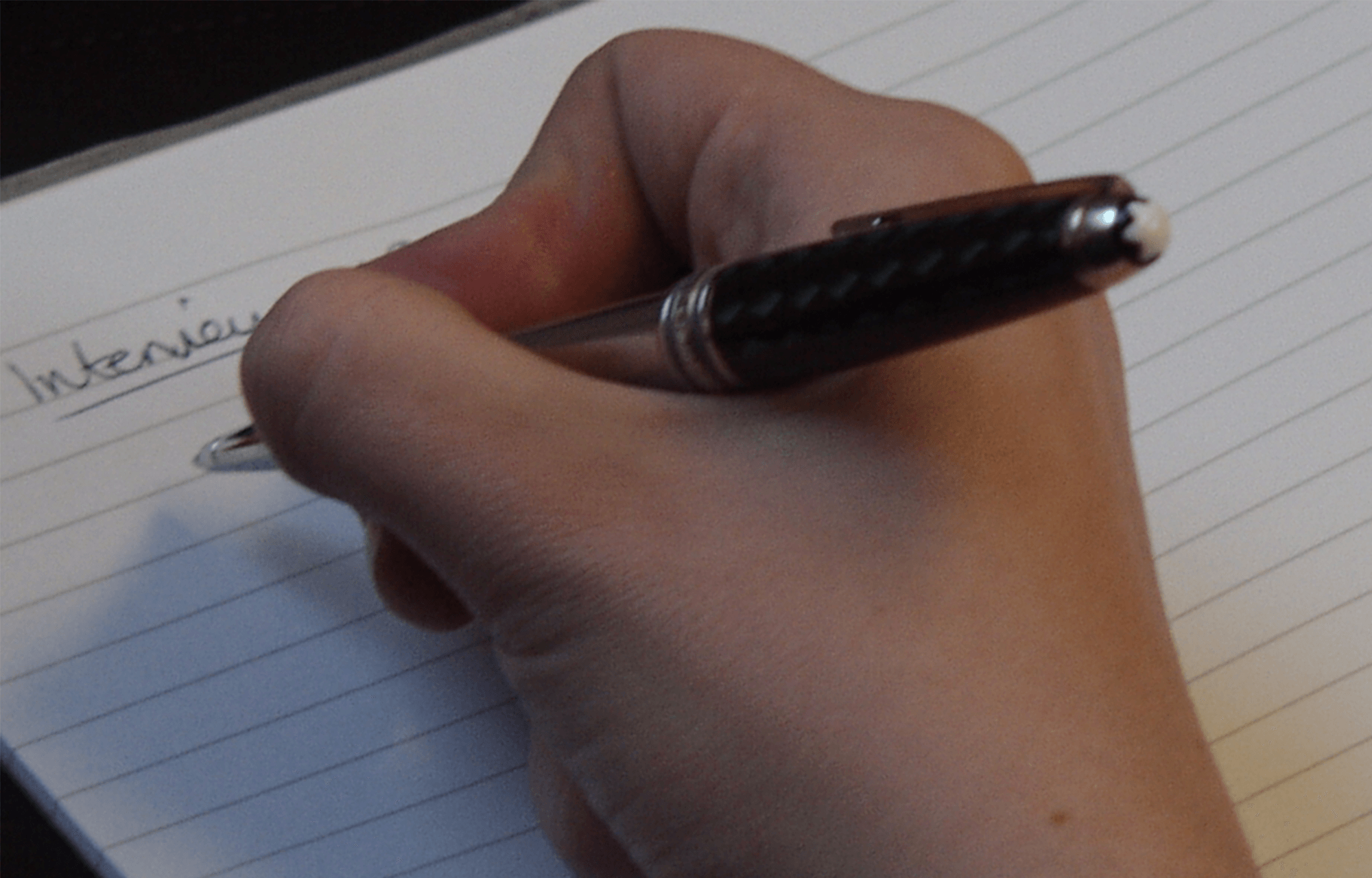Is remote working in Treasury management here to stay
Rewind two- and a-bit years to March 2020 and the pandemic forced everyone in Treasury and finance to pick up their belongings, vacate the office and start working remotely from home.
There has been a steady return to the office since restrictions have lifted, with many treasury departments adopting a hybrid policy that allows staff more flexibility
However, for some the shift to remote working will be a permanent change.
When treasury technology vendor FIS conducted a survey of corporate treasury department responses to Covid-19, nearly two-thirds of those questioned believed that the majority of treasury’s responsibilities can be performed remotely.
The number of those claiming in the FIS study that they could perform almost all their duties at home surprised a lot of people, but it shouldn’t have come as a complete shock.
Ten years ago, no treasury department would have been able to work remotely with the technology in treasury available back then.
However, the pandemic happened at a time when the shift to digital was already taking place and the adoption of cloud-based technology means it is now possible to work from home effectively.
While I can understand there are some benefits to remote working, there are plenty of challenges and downsides too.
Working from home affects different people in different ways.
For example, extroverts will probably miss the social interaction that only face-to-face contact in an office environment can provide.
Some people are more productive away from the hustle and bustle of the office, while some thrive on the atmosphere and noise.
For others, particularly those with young children, trying to work from home during school holidays and half term break is stressful and demanding.
For some, that commute into the office is what gives them that time to unwind.
Whether it’s having a coffee, listening to music, reading a book, or watching something on the iPad, for a lot of people it allows them to decompress and get their headspace where it needs to be.
That’s the trouble with remote working – there isn’t that separation. Everything is merged.
I remember those first few months during lockdown it was a case of getting out of bed, having a shower, opening the laptop, doing a few hours work, making some lunch in the kitchen, back to the home office to work, go for a walk, back to work then dinner then bed. Everything became blurred.
There’s one Treasurer I know, who is a great guy, that said to me during Covid: “Our team’s done well, they’ve got through a pandemic, we’ve done this, we’ve also reimplemented the new Treasury system, we’ve done all this, we’re amazing. We’ve even gotten a couple of awards for it, it’s brilliant.”
He said: “The team has pulled together and done it.”
The problem is, he was walking around with his head in the sand.
Two of his team were registered with us because they were so stressed out during the pandemic
The two team members both had kids and were trying to juggle homeschooling along with the pressure of everything else. They were just broken and exhausted. And he hadn’t noticed.
And that leads me on to the next challenge – managing a team remotely. As that previous example shows, it isn’t easy.
It’s not always easy to pick up on how people are feeling behind a screen. People don’t always speak up and show their emotions in the same way that they perhaps might face to face.
Yes, technology means we CAN work remotely. But that doesn’t mean we should HAVE TO.
Remote working might be being hailed by some as the future of Treasury, but in my view I think it’s important to have the option to come into the office at least some of the time.
As ever, thanks for reading and I’d love to hear your views on how you prefer to work! In the office, remote or hybrid?

